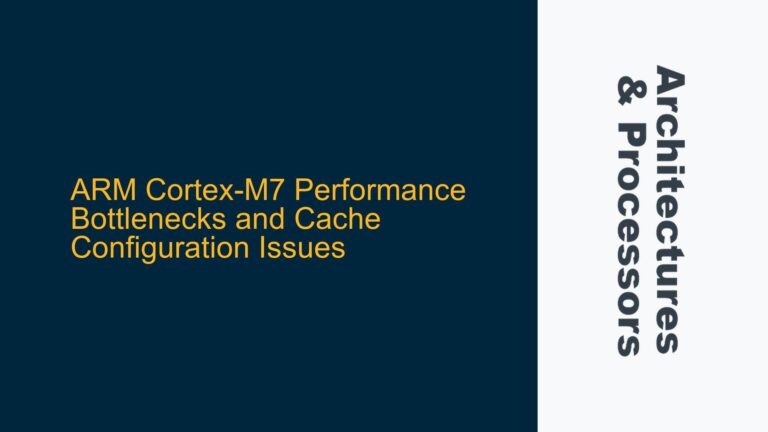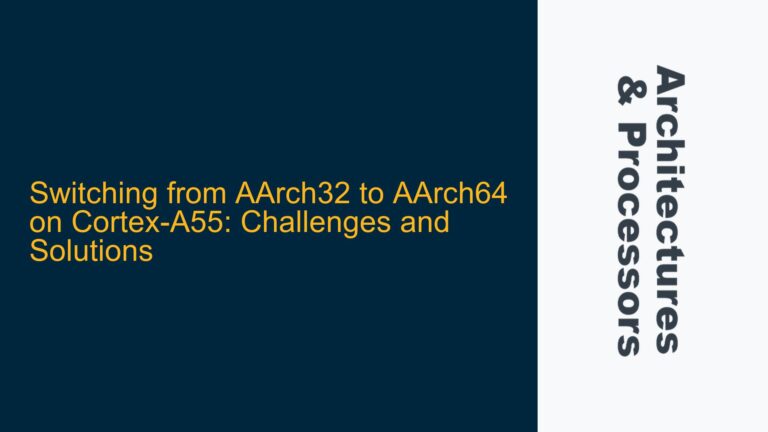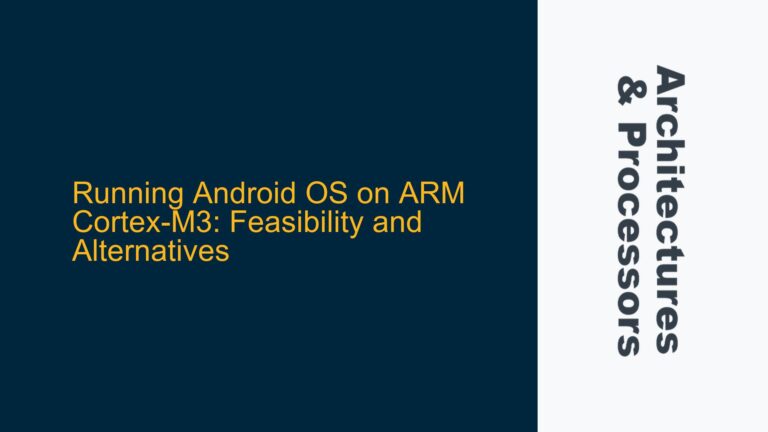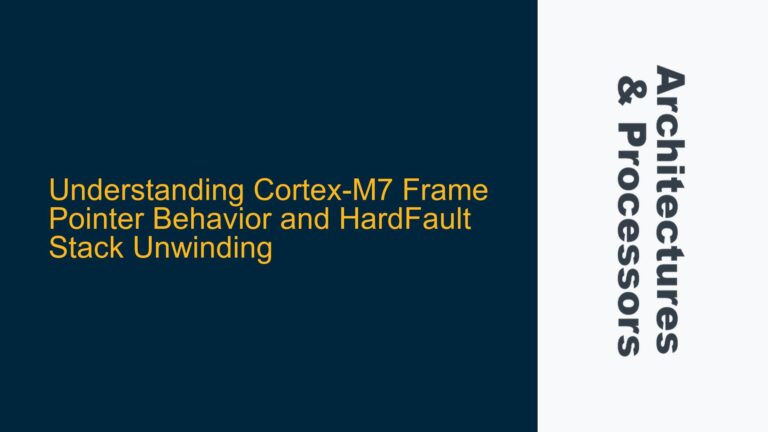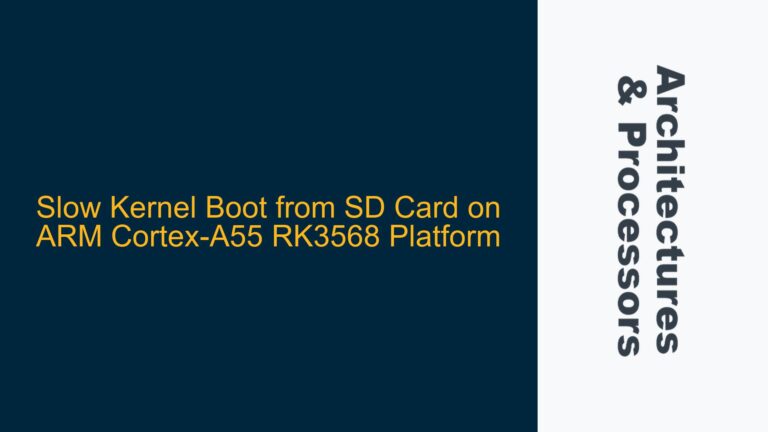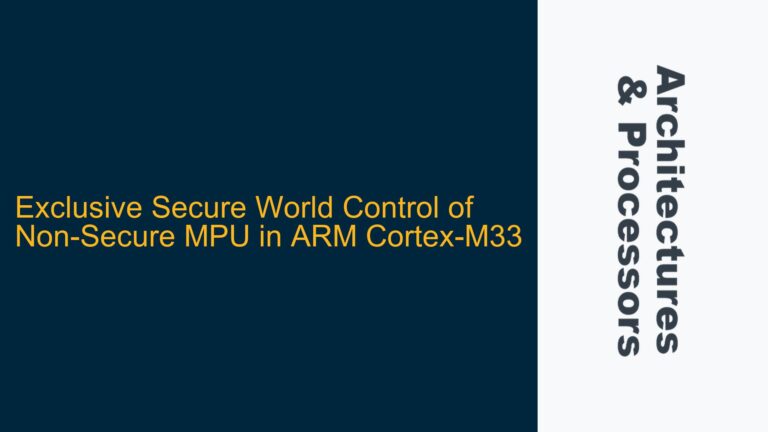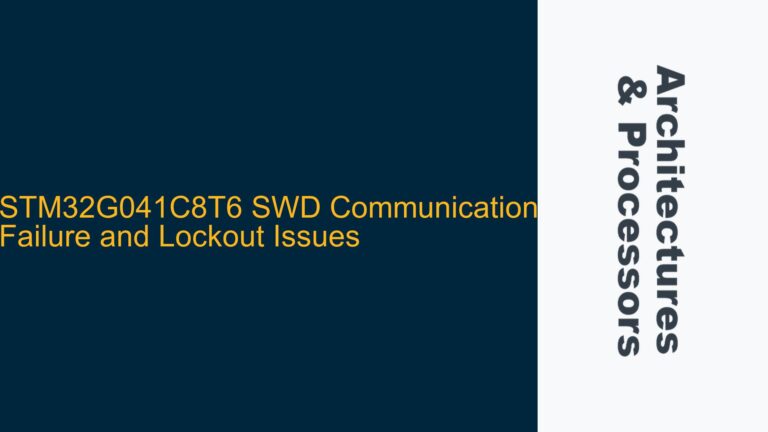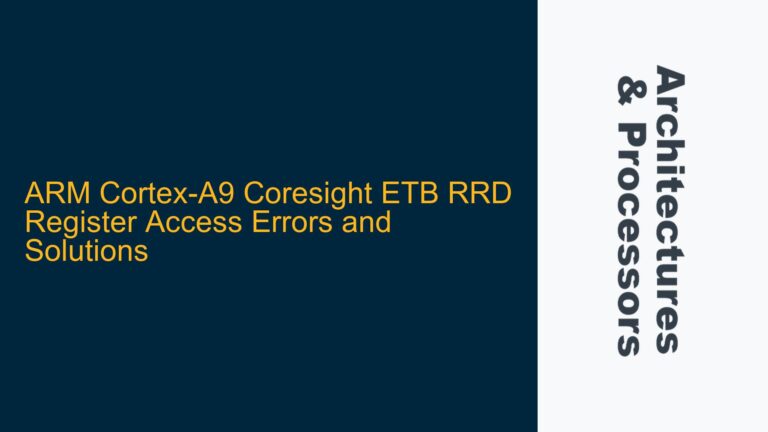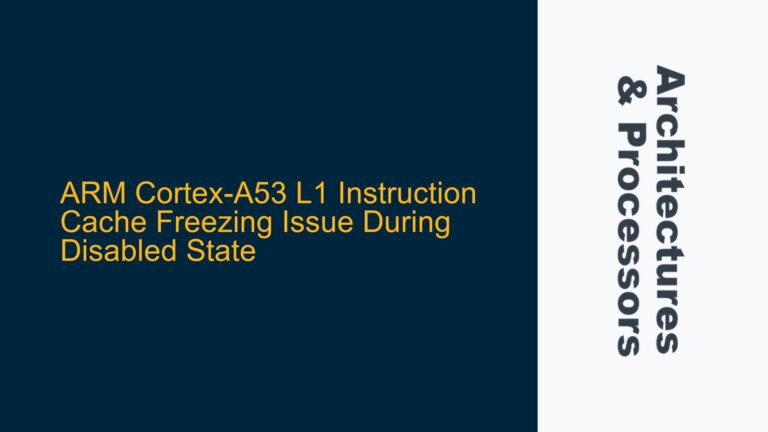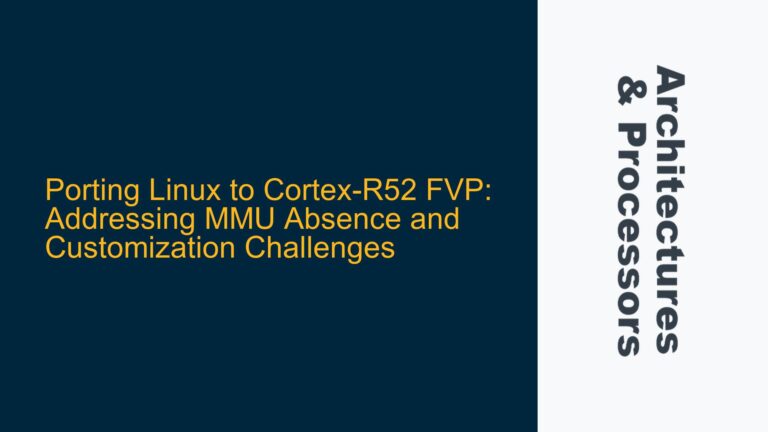ARM Cortex-M7 Performance Bottlenecks and Cache Configuration Issues
High CPU Load on ARM Cortex-M7 Compared to Cortex-M4 Despite Higher Clock Speed The core issue revolves around an ARM Cortex-M7 microcontroller (CYT4BFBCJE) running at 160 MHz exhibiting a significantly higher CPU load (95%) compared to an ARM Cortex-M4 microcontroller (CYT2B9X) running at 80 MHz, which only shows a 25% CPU load. Both systems are…
